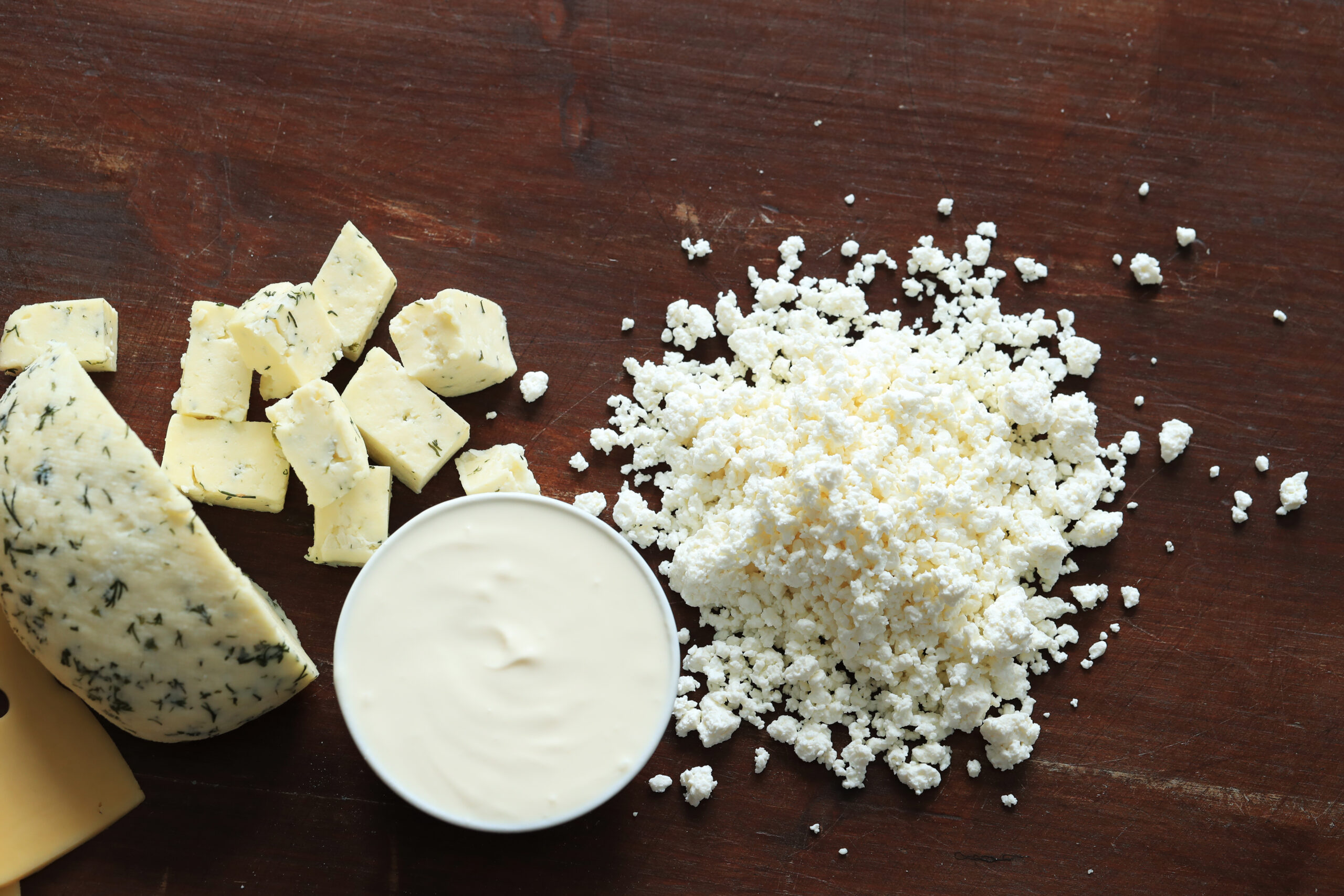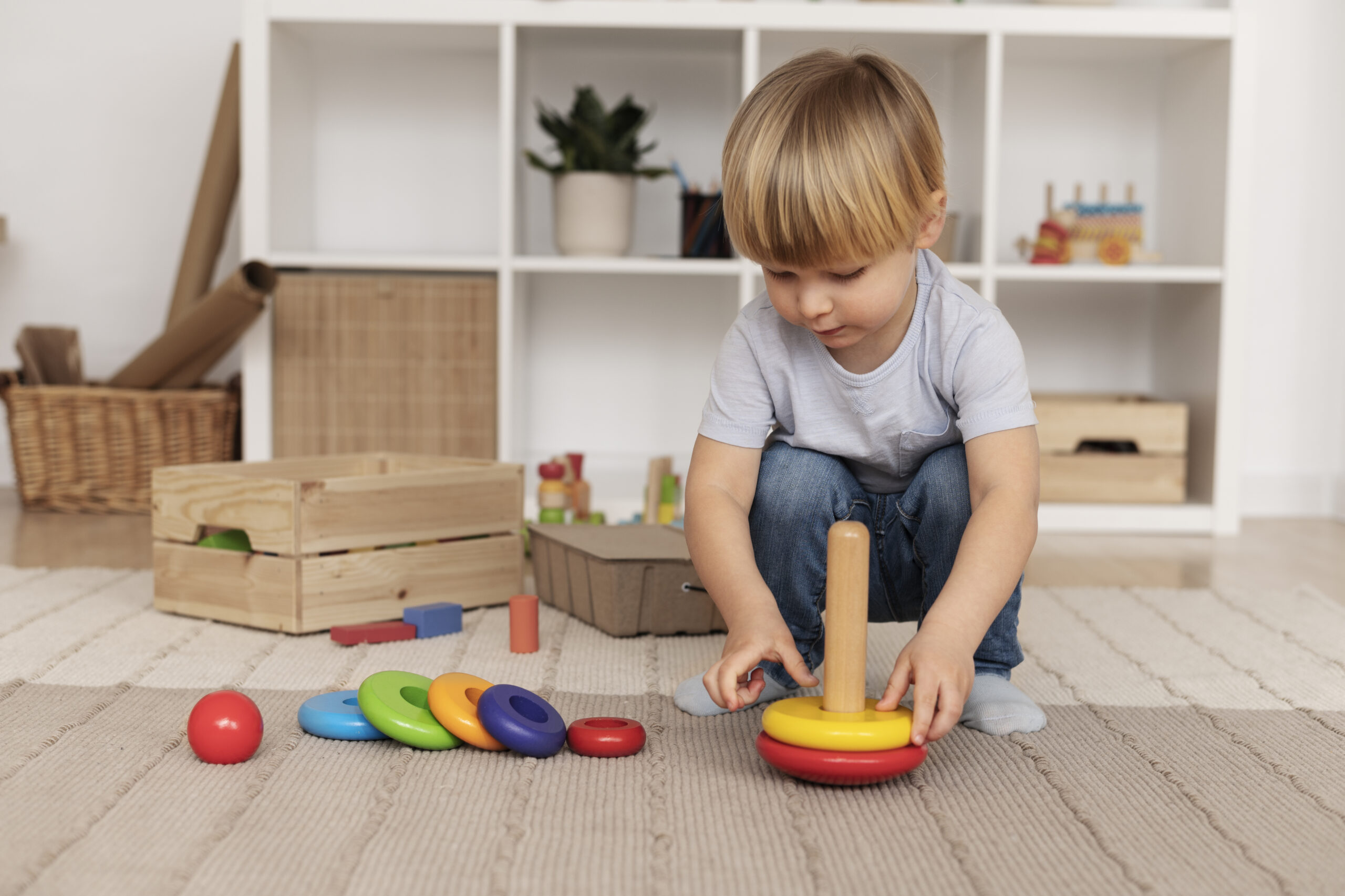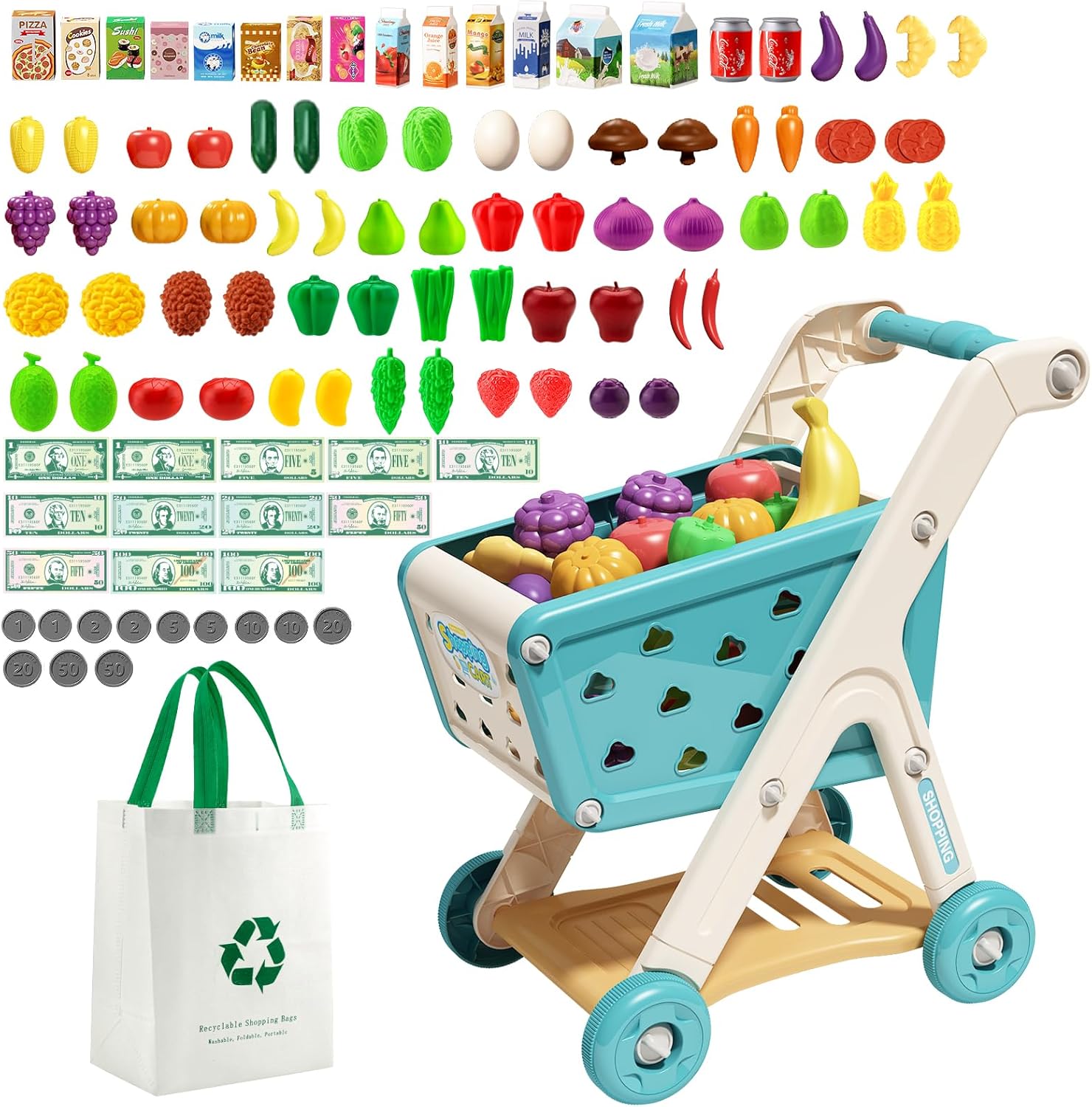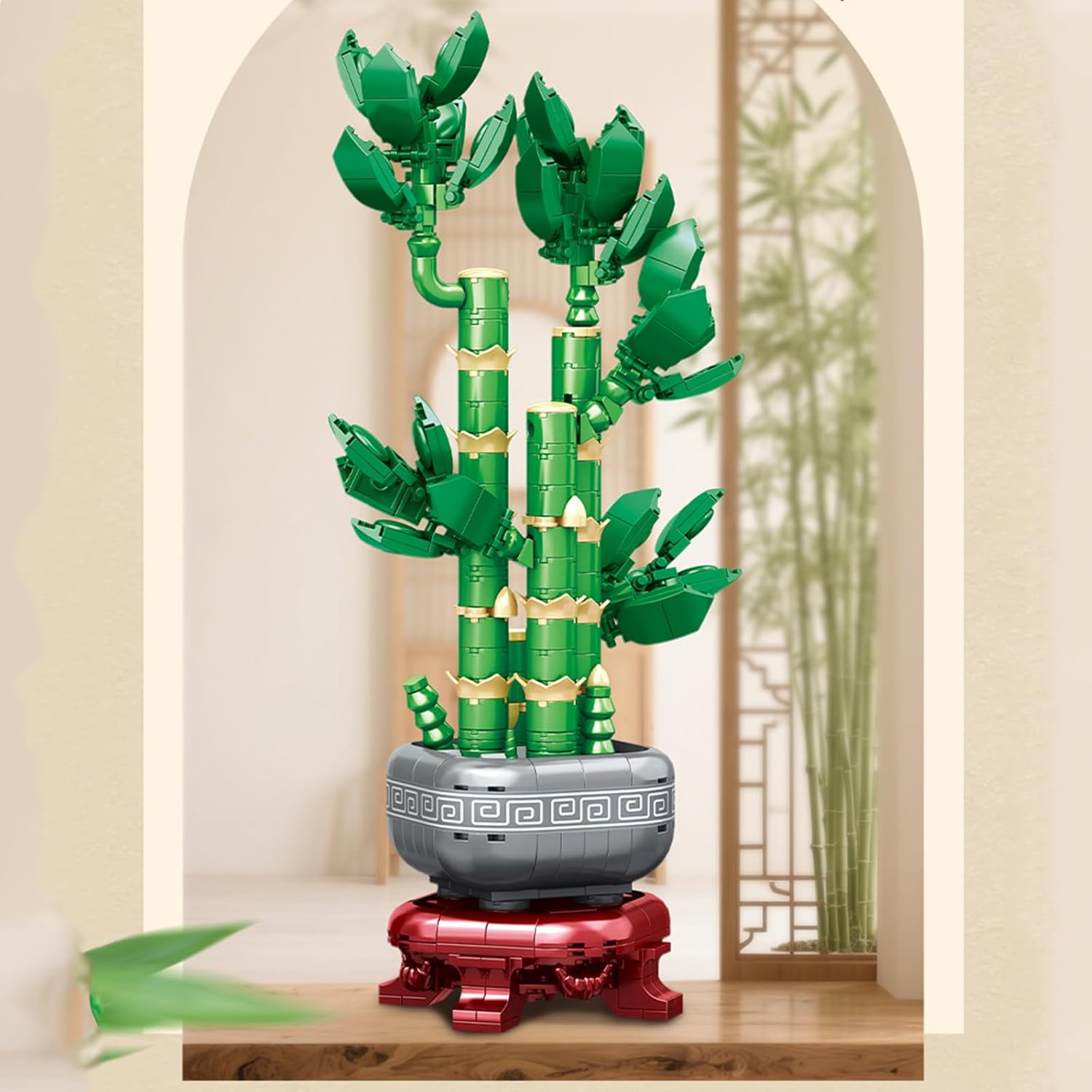- LIFE
Exploring Delicious Possibilities What Can You Do With Cheese Curds


Finding the perfect toys for toddler boys can be both an exciting and daunting task for parents and caregivers. As the market for toddler toys continues to evolve, it is essential to understand the balance between fun and educational value. Toys play a crucial role in the developmental stages of a child, providing opportunities for learning, creativity, and physical activity. This article delves into the evolution of toddler toys, highlights current trends, and offers recommendations for selecting the best toys for young boys.
The history of toddler toys reveals a fascinating journey of innovation and cultural influence. In the early 20th century, toys were primarily handmade, often from wood or fabric, and designed to be simple yet durable. These toys focused on basic motor skills and imaginative play, reflecting the limited resources and technological advancements of the time.
As the decades progressed, the introduction of plastic revolutionized the toy industry, allowing for mass production and a wider variety of toy designs. The post-war economic boom of the 1950s and 1960s saw an explosion in toy diversity, with brands like LEGO and Fisher-Price leading the charge. These toys began to incorporate more educational elements, aligning with the growing understanding of child development theories.
Today, the evolution continues with toys that integrate technology, sustainability, and inclusivity. Modern toddler toys often feature interactive components, environmentally friendly materials, and designs that promote diversity and gender neutrality. This historical context of toddler toys highlights how far we have come in creating engaging and beneficial play experiences for children.

These wooden stacking blocks give toddlers a hands-on way to explore shapes and sizes. The bright colors and sturdy pieces make them safe and appealing for little hands. As children build and balance towers, they improve coordination and spatial reasoning. This toy encourages creative, open-ended play that supports early development.

This interactive shape sorter helps toddlers learn early geometry concepts through play. Each shape fits into its matching slot, strengthening fine motor skills and hand-eye coordination. Many versions include lights and sound effects that reinforce learning. It keeps little ones engaged while building recognition and problem-solving abilities.

This colorful xylophone introduces toddlers to music while stimulating auditory development. Its smooth wooden bars create gentle tones that encourage rhythm exploration. The lightweight mallet helps small hands practice controlled movements. It is a fun and creative way to build motor skills and spark early musical interest

This compact wooden kitchen lets toddlers explore imaginative cooking and role play. The knobs, doors, and accessories make pretend play feel engaging and realistic. Children can act out daily routines, improving social and language skills naturally. It also helps build creativity as they invent stories and meals of their own.

This shopping cart paired with pretend groceries creates a fun mini store experience at home. Toddlers can practice counting, food recognition, and simple decision-making as they shop. Pushing the cart also supports gross motor development. It encourages playful social interactions and imaginative role switching.

This set brings a mini construction site to life with trucks and block pieces perfect for little hands. Toddlers learn to transport, stack, and build, which boosts problem-solving abilities. Acting out construction roles introduces teamwork and cooperative play. It fuels creativity while strengthening motor skills and spatial awareness.

This beginner-friendly STEM kit introduces toddlers to simple science and math concepts through hands-on play. It includes colorful pieces that encourage experimenting, sorting, and building. Kids naturally develop problem-solving skills as they explore different activities. It offers an engaging foundation for early learning and curiosity.

Made from 100 percent recycled materials, this building set provides a safe and sustainable option for creative play. The pieces are lightweight, durable, and perfectly sized for toddler hands. Children can stack, connect, and build while learning about shapes and structures. It supports imaginative thinking while promoting an eco-conscious lifestyle.

This interactive storybook enhances early reading skills with audio features that bring stories to life. Toddlers can press buttons to hear sounds, words, and character voices. The multisensory experience keeps them engaged while building vocabulary and comprehension. It fosters a love for books and makes reading time more exciting.
Modern toddler toys are characterized by their innovative features designed to enhance the play experience. One notable trend is the integration of technology, such as toys that interact with apps or respond to voice commands. These tech-enhanced toys, like the Osmo Little Genius Starter Kit, offer interactive learning experiences that adapt to a child’s progress.
Another feature is the emphasis on sustainability, with many brands opting for eco-friendly materials and packaging. This shift not only reduces environmental impact but also instills a sense of responsibility in young children.
Additionally, modern toys often focus on inclusivity, with diverse representations and gender-neutral designs. This approach encourages acceptance and understanding from an early age, reflecting the values of a more inclusive society.
Selecting the right toys for toddler boys involves considering several factors, including safety, developmental stage, and interests. Age-appropriate toys should be free of small parts that pose choking hazards and should be constructed from non-toxic materials.
Understanding the developmental milestones of toddlers can guide parents in choosing toys that match their child’s abilities and interests. For example, at age two, children are developing language skills and enjoy toys that encourage verbal interaction, such as talking dolls or storybooks. By age three, many toddlers are exploring more complex problem-solving activities, making puzzles and construction sets ideal choices.
Ultimately, the best toys are those that capture a child’s imagination, provide educational value, and support their growth and development in a safe and engaging manner.